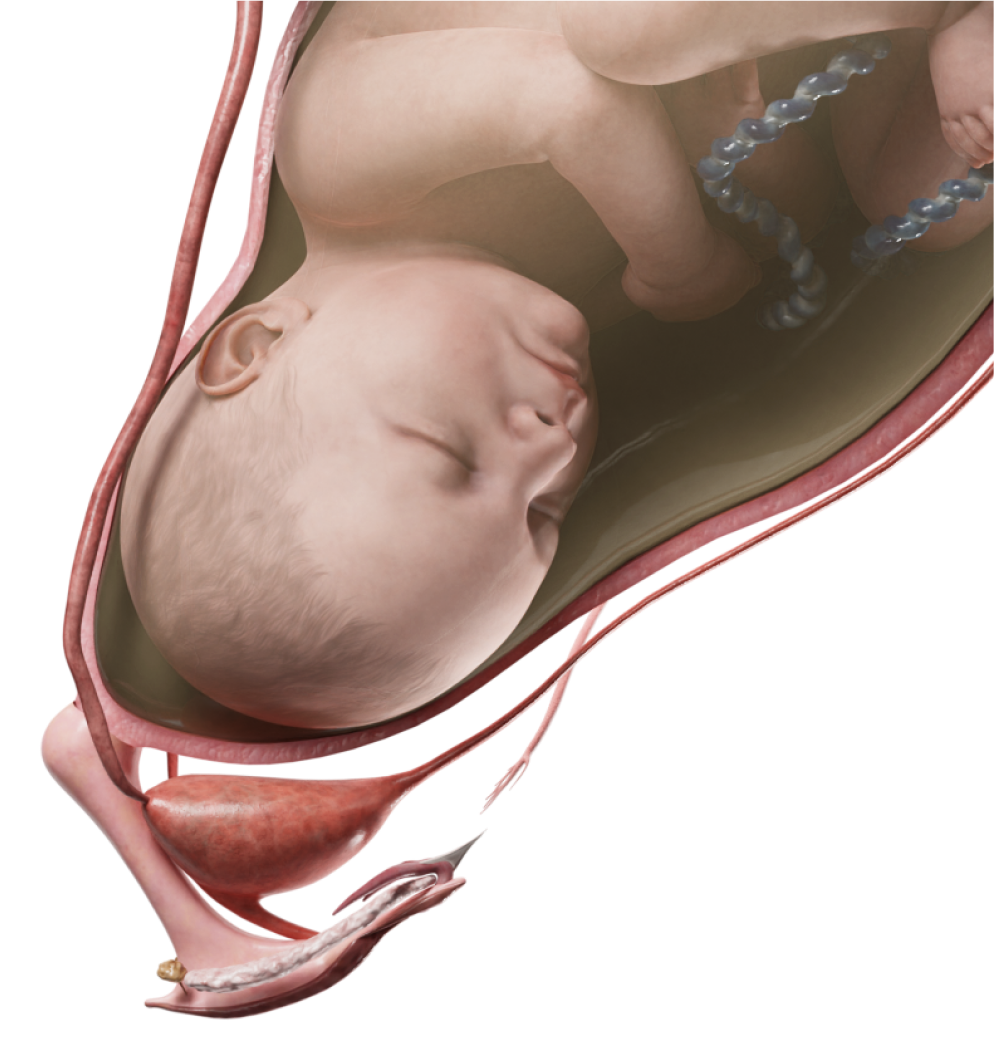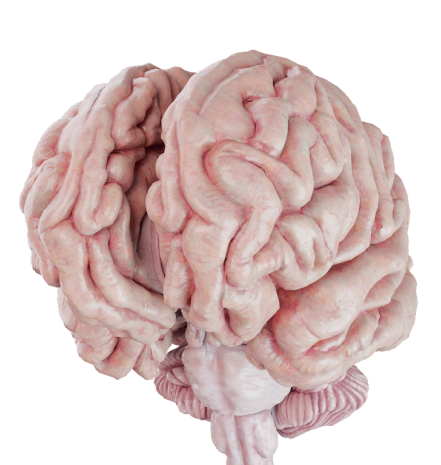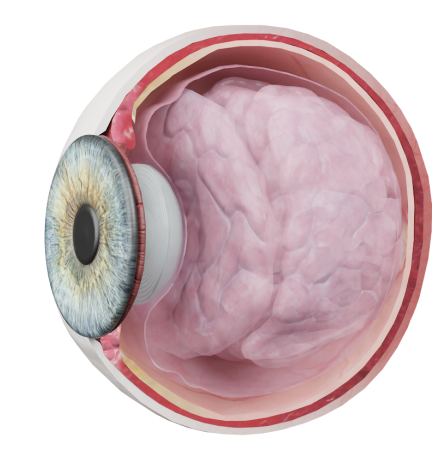External ear injuries
What is External Ear Injuries?
This category of injuries encompasses any mechanical damage to the auricle (also known as the pinna) and the external acoustic meatus (also known as the external auditory canal). The traumas described below are differentiated by lesion thickness, etiology, and mechanism.
Classification
1. Superficial external ear injuries:
- Othematoma
- Auricular (pinna) contusion
- Auricular (pinna) abrasions
- Abrasion of external auditory canal
- Hematoma of external auditory canal
2. Deep external ear injuries:
- Auricular laceration
- Auricular (pinna) avulsion:
- Total auricular avulsion
- Segmental auricular avulsion
- Avulsion of ear lobule
3. Auricular burns:
- First-degree burn
- Second-degree burn
- Third-degree burn (A)
- Third-degree burn (B)
- Fourth-degree burn
4. Auricular frostbites:
- First-degree frostbite
- Second-degree frostbite
- Third-degree frostbite
- Fourth-degree frostbite
Etiology
Superficial and deep injuries to the external ear may occur as a result of various types of mechanical impact, such as traumas, blows, falls, bites, or traffic accidents. The ear canal can also become traumatized if an individual attempts to remove cerumen (earwax), or if a foreign body is inserted for any reason. The severity of an injury depends on the force of the impact and the nature of the trauma. Burns and frostbites are typically the result of unprotected skin being exposed to extreme temperatures, either high or low, respectively.
Anatomic Pathology
Exposure of the auricular region to mechanical and thermal forces may lead to tissue damage of varying sizes and depths. An othematoma, for instance, develops as a result of a blunt force trauma. The impact is intense enough to cause the walls of the vessels to rupture, leading to an accumulation of outflowing blood in the space between the cartilage and the perichondrium. As the condition progresses, the pinna becomes deformed and protrudes, while its skin develops a bluish color. On the other hand, a less intense blunt force trauma can cause a contusion, characterized by crushing of the underlying soft tissues and damage to the small vessels without breaking the skin. This type of trauma is identified by a hyperemic and infiltrated auricle. In cases of abrasions to the pinna and the external auditory canal, the epidermis is partially damaged. Hemorrhagic crusts form quickly in the affected area, and minor bleeding may sometimes be observed. Damage to subcutaneous vessels may lead to the formation of hematomas in the ear canal. This occurs when a portion of blood accumulates and protrudes into the canal, constricting its lumen to some extent. The skin surrounding a hematoma typically discolors to a bluish hue.
Deep external ear injuries can be caused by a wide range of factors, including sports, domestic, or work-related accidents (i. e., as a result of negligent handling of home appliances and construction tools), animal or human bites, falls, or carelessness while wearing ear-piercings. Total auricular avulsions are rare in everyday life. Traffic accidents, contact sports (e. g., boxing), and street fights account for the majority of such cases. In this type of trauma, the skin is penetrated, and the underlying tissues, as well as the fatty layer of the subcutaneous tissue, vessels, and sometimes the cartilage, are damaged. Marked bleeding and edema may be observed.
Burns tend to occur when the skin is exposed to extremely high temperatures, in close proximity to open flame and hot objects or substances. First-degree burns affect the superficial epidermis only, causing localized hyperemia. Second-degree burns, on the other hand, involve all layers of the epidermis. This is when the hyperemic, infiltrated skin develops blisters filled with serous or hemorrhagic fluid. Third-degree burns are classified into two subtypes:
1) type 3A burns generate necrosis in the superficial skin layers, but the sweat and sebaceous glands, as well as hair roots, remain intact. Blisters are filled with serous fluid, and the wound bed is tender;
2) type 3B burns affect all skin layers and the fatty layer of the subcutaneous tissue, leading to necrosis. Wounds extend deep into the tissue, and blisters become hemorrhagic. Fourth-degree burns result in total necrosis that spreads to the underlying tissues, bones, and cartilages. Auricular burns may also affect the external auditory canal.
The pinna is one of the most prominent parts of the body that, under extremely low temperatures, is susceptible to frostbites. Like burns, first-degree frostbites affect the superficial skin layers; the pinna becomes pale and mottled, while the edges and prominent parts turn hyperemic. A second-degree frostbite accounts for the damage to the superficial skin layers as well; serous blisters secondary to hyperemia may develop. Third-degree frostbites extend deep into the skin and cause necrosis; the auricle is hyperemic, infiltrated, and numb. Blisters are full of serous or hemorrhagic fluid. In fourth-degree frostbites, the skin integument, the fatty layer of the subcutaneous tissue, and the underlying tissues (bones and cartilages) are severely affected. The skin appears hyperemic and cyanotic; the distal parts of the ear develop dry gangrene and the affected site becomes numb.
Clinical Manifestations
The moment a superficial ear injury is inflicted, the pain is typically very intense. Gradually, it transitions to an aching pain and eventually subsides to mere discomfort. The auricle becomes swollen and discolored but returns to normal as recovery progresses. If the skin’s integrity is compromised by an abrasion, minor superficial bleeding may be observed. Over time, the site forms a scab, and the injury heals beneath this crust. An othematoma is generally identified by a marked tenderness in a deformed auricle: it protrudes and fluctuates around the site where blood accumulates, typically from the external surface in the region of the scaphoid and triangular fossae, while the skin develops a cyanotic shade. If not managed properly (including hematoma aspiration), the auricle can become permanently deformed due to irreversible changes in the cartilage. The auricle is then often referred to as a cauliflower ear or wrestler's ear. If the auditory canal and its lumen are blocked by a large hematoma, conductive hearing loss may develop. Deep auricular injuries are extremely tender with profuse bleeding; the wound is gaping and the underlying tissues, sometimes the cartilage or bone, are exposed. The appearance of the wound edges may vary depending on the type of exposure; inside the wound, foreign objects, dirt, or even parts of earrings can be detected.
Auricular burns of different degrees manifest as described above. It should be noted that isolated auricular burns are extremely rare; they are often associated with concomitant burns of the scalp, face, neck, or other body parts. In patients with extensive burn area, burn disease may develop. Marked tenderness, absence of bleeding, a tender wound bed (for type 3B and fourth-degree burns), and an eschar qualify as common symptoms of the disease.
Clinical changes in frostbite have also been described earlier. Initially, a patient does not feel any pain at all, which is a distinctive feature of the condition. As the damaged tissues are rewarmed, discomfort may arise, characterized by itching, a burning sensation, significant pain, numbness, and paresthesia.
Diagnosis
Injuries to the auricular region and the external auditory canal are primarily diagnosed during a patient interview and examination. However, some cases may require an X-ray or a CT scan of the temporal bone and the temporomandibular joint to determine the extent of an injury.
Treatment
Abrasions of the auricle and the auditory canal are treated by applying an antiseptic solution or an antibiotic ointment directly to the abrasions in case of infection. In general, crusted wounds heal quickly as the epidermis develops under the crust. Othematoma must be aspirated with a sterile needle and drained, then a pressure dressing is applied. A large hematoma may require a bandage to be safely anchored to the auricle to prevent further injury or discomfort. In order to avoid the risk of infection and perichondritis, systemic antibiotics are indicated. Ear canal hematomas are also drained, and the canal is tightly packed with ear tampons that are soaked with antiseptic solutions on a daily basis.
If the ear is severely damaged, initial surgical debridement is imperative, and the wound edges are then sutured. In a segmental avulsion, any nonviable tissue should be excised with minimal loss of viable tissue. The cartilage, the fatty layer of subcutaneous tissue, and the skin are stitched in a multi-layered way. Total auricular avulsions require a viability assessment within a timeframe of less than 6 hours, provided that the avulsed segment has been properly preserved in a cold environment. If all the requirements have been met, a replantation is possible. Antibiotic and thrombolytic therapies are then indicated, and dressing is changed daily.
Burns are thoroughly cleaned, and any remains of burned clothes and hair are removed. Nonviable tissues are then debrided. Wounds are subsequently treated with antiseptic solutions, cooled, and a sterile dressing is applied. Note that an appropriate level of analgesia should be provided prior to each dressing change. In second- or third-degree burns, large blisters are usually cut open and excised, whereas in more severe lesions (third or fourth-degree burns), a crust is removed to reveal the underlying healthy tissue. Daily dressing changes require the application of antimicrobial and wound healing ointments. In order to avoid cicatricial stenosis, the external auditory canal should be tightly packed with sterile dressing that needs to be soaked with antiseptic solutions every 24 hours. If accompanied by a bacterial infection, systemic broad-spectrum antibiotics are prescribed, taking into account any potential antimicrobial susceptibility. Patients with type 3B or fourth-degree burns, or those with extensive burns, are admitted to a general surgery or burn unit to undergo a proper treatment. At a later time point, skin grafting may be performed.
The management of frostbites and burns is similar, with the exception that frostbites require initial rewarming of the affected body part. A patient with a frostbite should be kept in a warm room and given warm beverages. An auricle should be rewarmed gradually, avoiding any harsh methods or rubbing. The range of measures to be taken is rather limited and comprises the use of slightly warm sterile furacin or normal saline solutions, warm compress, or gentle massaging with warm clean hands. In cases of intense pain during rewarming, appropriate analgesia should be provided. Any damaged tissue is irrigated and treated with antiseptic solutions. Necrotic tissues under blisters and crust are excised, and antibiotic dressings and wound healing ointments are then applied. Systemic antibiotic therapy is indicated for patients with third- or fourth-degree frostbites. If needed, such patients are also admitted to a general surgery or burn unit. Over time, neuropathy, often associated with numbness and cold sensitivity, may develop.
No matter what type of injury a patient presents with, urgent tetanus immunization is necessary. In the case of animal bites, postexposure rabies prophylaxis is compulsory.










